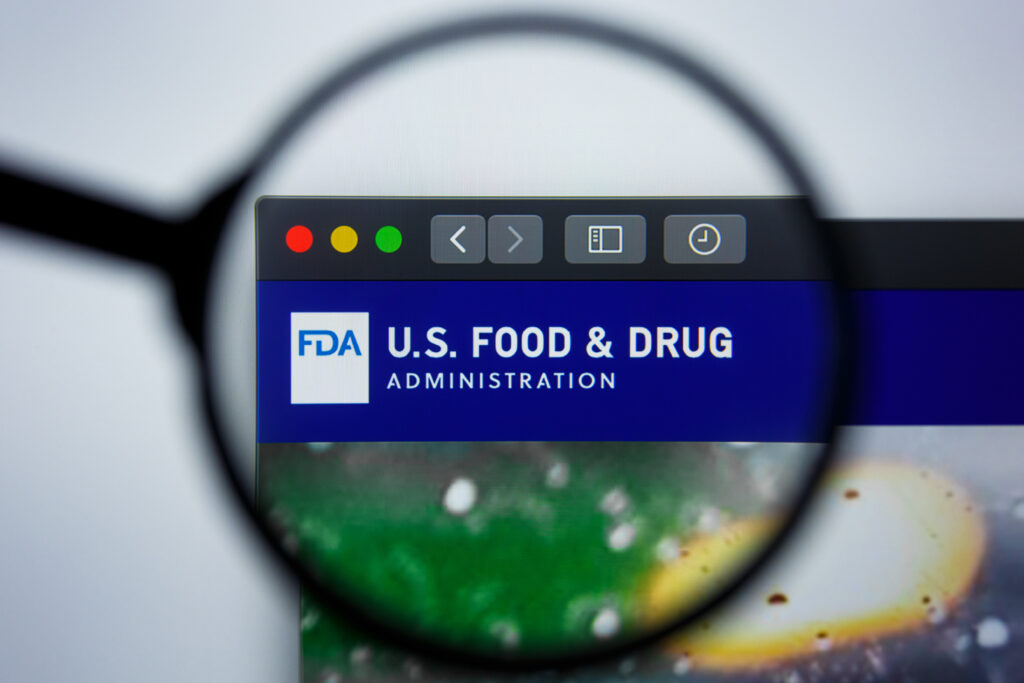
If you’re developing a medical device, you’ve probably heard of the FDA’s De Novo classification process. You may be wondering if it’s the right regulatory pathway for your device. In this blog post, we’ll look at how to define a De Novo device, what the De Novo pathway is, and whether it might be a good fit for your device.
What is the FDA De Novo Process and What Types of Medical Devices Does It Cover?
What is a De Novo program? The FDA De Novo process is a regulatory pathway for novel medical devices to obtain marketing authorization as Class I or Class II devices. Through the De Novo regulatory pathway, the FDA evaluates device data to determine if it meets the criteria for De Novo classification – meaning that the device offers a low to moderate risk and is novel enough that it does not have a predicate device. What is a predicate device? It is a device already on the market that is “substantially equivalent” to the device that is to be submitted for approval. For example, if there is not an FDA-approved predicate device to compare against, the FDA will review the De Novo request in detail, including the intended use and device design. If successful, the De Novo device will receive FDA clearance with a new classification as a Class I or Class II medical device.
How to Determine if Your Medical Device is Eligible for the De Novo Pathway
Because there are multiple potential FDA regulatory pathways to consider, determining if a medical device qualifies for the FDA’s De Novo classification pathway can be challenging. Medical device developers should submit a De Novo application when there is no clear predicate device, or the device is not substantially equivalent to a device already on the market. To decide if you have a De Novo medical device, you should first evaluate whether there are enough similarities between your medical device and other similar devices in terms of functionality, design, technological characteristics, or intended use that could give FDA justification to classify your device under one of its existing classification codes. Next, you must determine your device’s level of risk. Only Class I and Class II devices are eligible for a De Novo submission. Class III devices must undergo the more arduous PMA (pre-market authorization) submission process. Click here to learn how FDA classifies medical devices.
The Benefits of Pursuing the De Novo Pathway
The De Novo pathway, introduced by the FDA in 1997, allows companies to receive FDA clearance for low or medium risk medical devices with no existing predicate, or no substantial equivalence. This submission option presents manufacturers with lower fees when compared to a PMA ($132,464 vs. $441,547), as well as a faster review period (150 days vs. 180 days). The device must still meet FDA standards for safety, effectiveness, and good manufacturing practices for successful clearance, but developers will often find that the De Novo process offers a less burdensome route to FDA approval. Some companies also feel there is a marketing benefit to launching a novel device with a classification that no other device has been given.
The Potential Drawbacks of the De Novo Pathway
The FDA’s De Novo pathway for novel medical devices can be long and costly. In 2023, the fee for an FDA De Novo vs. 510(k) is significant – a De Novo classification request is $132,464, while the fee for a 510(k) is $19,870. In terms of timing for a 510(k) vs. De Novo submission, the difference is also considerable, with De Novo requests having a target review period of 150 days compared to 90 days for 510(k). Furthermore, there is no guarantee that clearance will be granted; rejection risk remains a concern. The FDA may request supplementary clinical or nonclinical data in an Additional Information letter. They may also decline the request if they determine a similar device has already been classified. If the request is granted, the new classification nearly always comes with special controls that will be imposed on the device as well as all future devices using that device as a predicate. Upon granting the classification request, the FDA will publish a notice of the classification order, including any special controls, for use in future premarket notification 510(k) submissions.
The Timeline for the FDA De Novo Process
A thorough understanding of the De Novo review timeline is beneficial so that manufacturers can map out an appropriate submission strategy and be prepared when evaluating feedback. After your submission, the FDA will assess the application for completeness and evaluate if it can meet the burden of reasonable assurance of safety and effectiveness. Depending on FDA input, medical device developers may need to collect additional clinical or nonclinical data and submit additional information beyond the original submission. FDA review times vary but the FDA’s goal is to issue a decision about a De Novo request within 150 days, excluding any days that the request was on hold if an Additional Information request was issued. After adjusting based on FDA feedback, developers can expect final FDA decisions within 250 days from initial submission, but the review process will ultimately vary on a case-by-case basis.
We can help. The FDA De Novo pathway is just one regulatory pathway that medical device companies can take to introduce their product to the US market. Knowing which devices are eligible and understanding the benefits and risks associated with it are critical for deciding whether pursuing the De Novo pathway is right for your device. If you’re unsure about the right regulatory pathway for your medical device or how to patent a medical device, our team of regulatory compliance consultants can help you understand which regulatory strategy will be best for your device. Please contact us today.




